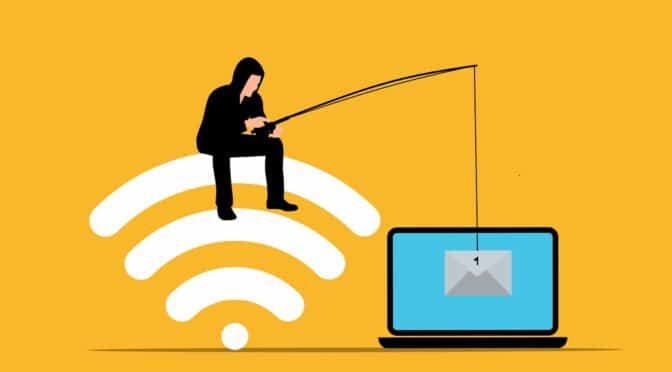by Phil Bradford
A new FICO credit score launches in 2019 that may make it easier for you to get credit and borrow money. The experimental program, called UltraFICO, will evaluate your credit worthiness based on how you manage your checking, savings and money market accounts.
Why the new UltraFICO system?
The UltraFICO scoring system could benefit over 15 million Americans with shaky credit histories or who haven’t built up a credit record.
The new score is aimed at people with high 500 to low 600 FICO scores. Now lenders often want to see FICO scores over 720 before they’ll do business with you. The traditional scores calculated by the Fair Isaac Corporation are based on information from your credit report and credit history. The higher the score, theoretically, the less risk faced by the lender.
Sally Taylor-Shoff, vice-president for scores at FICO, told The New York Times that the new FICO credit score, “…would most likely be used as a second chance.”
People who want to borrow for the first time or consolidate debts are the most likely to benefit from the UltraFICO scores. Their prior credit history may have made it difficult or impossible to borrow. But with the new credit scoring system they may find that lenders’ doors open for them.
How does Ultra FICO work?
Starting in 2019, a lender who reviews your credit history and would normally turn thumbs down instead might suggest you use your banking activity to generate an UltraFICO score.
Experian, one of the three credit reporting bureaus, is participating in the trial run. So the banker would pass your information on to Experian and Finicity, which will tabulate the new score from the data. They will consider how long you’ve had the account and how you manage what you have.
To qualify for UltraFICO you must maintain a savings account with a balance of at least $400. If you had a negative account balance within three months, it’s likely the lender will turn you down.
Disadvantages of UltraFICO
Consumer advocates think that the new UltraFICO could encourage people to borrow even when it’s hard to repay the loan. They also worry that it makes it easier for lenders and credit card companies to woo people who may not be on the steadiest financial ground.
Overall the caution remains the same for credit and borrowing. This new UltraFICO may open doors, but to build your creditworthiness you need to make sure that you pay your debts on time consistently.



